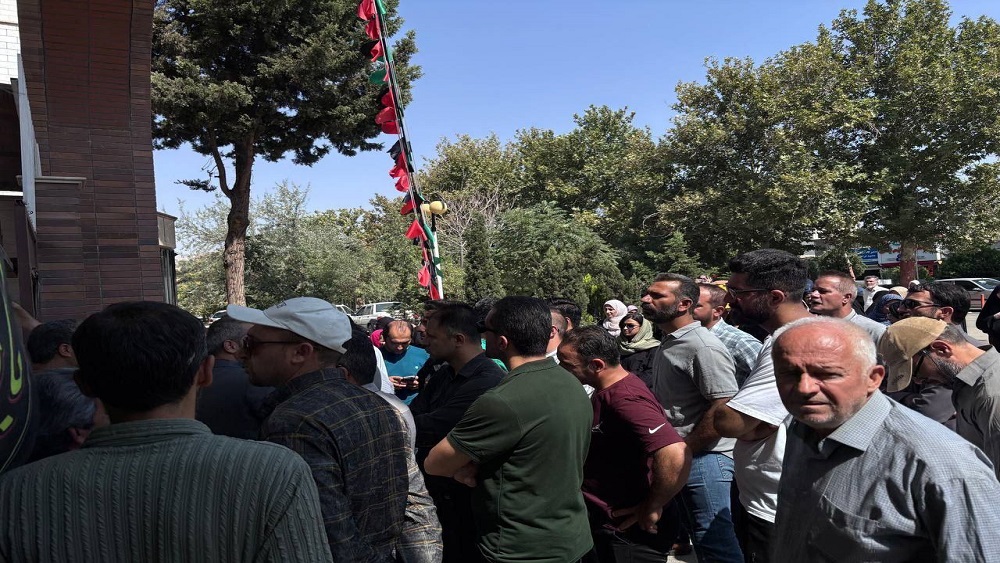
Three-minute read
The clerical regime ruling Iran is grappling with a profound economic crisis, a slow-burning catastrophe largely self-inflicted by the regime’s structural mismanagement, pervasive corruption, and misplaced political priorities. Far from being solely a consequence of external sanctions—a common narrative favored by Tehran—the current plight of the Iranian people stems directly from an anti-developmental economic structure that systematically starves the public sector to feed a politically connected elite.
Failed Goals and Structural Corruption
Decades of economic planning have failed to materialize, demonstrating a fundamental disconnect between the regime’s stated goals and its governing reality. As reported in November 2025, Iran’s economy is likened to a serpent that “sheds its skin, but its venom is still lethal to the people,” with its core anti-welfare nature remaining intact. Since the Fourth Development Plan, the regime has consistently targeted an ambitious annual economic growth rate of 8 percent. Had these goals been even partially achieved, Iran’s GDP would exceed $2 trillion, placing the average Iranian’s per capita income around $24,000. However, official figures reveal a GDP of approximately $451 billion (at 2015 constant prices), translating to a per capita income of only about $5,200. This staggering gap is the “direct result of the anti-welfare and anti-developmental structure of the Velayat-e Faqih regime,” which has “destroyed every possibility of sustainable growth.”
A critical barrier is the rise of a “political capitalist machine.” The genuine private sector now constitutes less than 15 percent of the economy, with the remainder controlled by unaccountable quasi-governmental and military institutions. This structure is sustained by vast, legalized corruption, particularly in the currency market. While the official exchange rate is cited at 70,000 tomans per U.S. dollar, the free-market rate reaches 130,000 tomans. This monumental discrepancy funnels “billions of dollars in annual rent” to circles close to power while “suffocating the productive sector.” Furthermore, the economy has devolved into an import market, trading oil for “low-grade Chinese goods” that destroy domestic production quality, effectively crippling non-oil exports.
Rationed Water, Three-Tier Gasoline, Prosecutors on Alert: Why #Tehran Fears a November Flashpointhttps://t.co/1YWsOEjAQs
— NCRI-FAC (@iran_policy) November 14, 2025
Lives Sacrificed for Political Calculus
The regime’s financial choices often place political loyalty and strategic objectives above the welfare and even the lives of its citizens.
In a move described as “inhumane” (November 2025), the government eliminated the preferential exchange rate for imported insulin, threatening the lives of millions of diabetic patients. The head of the Board of Directors of the Iranian Society of Internal Medicine Specialists, Iraj Khosravnia, warned that pricing this “vital drug” at the free market rate would raise its cost manifold, making it unaffordable for patients with current income levels. Given that approximately nine million people in Iran are known to have diabetes, the potential cessation of insulin use could lead to “coma or more severe complications, including amputation.” This decision illustrates a terrifying prioritization where the stability of the national currency is protected at the expense of a drug deemed essential to life.
Simultaneously, the government has signaled the first steps toward a new wave of fuel price hikes. The introduction of imported premium gasoline at a base price of 65,800 tomans per liter—expected to reach 75,000 tomans after distribution costs (November 2025)—comes on the six-year anniversary of the bloody November 2019 protests triggered by a previous price increase. Economists warn that any rise in fuel costs under the current inflationary conditions will have a “multi-dimensional impact on various levels of livelihood and production,” disproportionately harming lower-income households. The timing and approach reflect a policy more concerned with managing inevitable fiscal insolvency than with preventing renewed social unrest.
#Iran Enters the Ration Economy as Food, Fuel and Medicine Slip Beyond Reachhttps://t.co/LRyoRZz0gv
— NCRI-FAC (@iran_policy) November 12, 2025
The Brain Drain and the Human Cost of Decay
The economic and political environment has triggered a devastating flight of human capital. The mass exodus of academic elites has become a “national crisis” (November 2025). Gholamreza Zarifian, a former Deputy Minister of Science, recently disclosed that in the last ten years, 12,000 university professors have left the country, with 60 percent of these departures occurring in just the last four years.
This brain drain is fueled by both financial strain and political repression. While a professor in a neighboring country like Turkey or the UAE may earn $4,000 to $7,000 per month, the same position in Iran barely reaches $500. This pay gap forces younger faculty to take second jobs, leading to a decline in the quality of research and teaching. Beyond the economic pressures, the “security atmosphere” and widespread firings for political reasons have driven out dissenting voices, with experts estimating the annual cost of this crisis at $50 billion.
The human tragedy extends into the deepest levels of society. The regime’s anti-population control policies, which have restricted access to contraceptives, have exacerbated the crisis of unsafe abortions. In the first six months of the current Persian year, over 36,800 cases of abortion were registered, with only 636 performed in hospitals. Experts state that up to 73 percent of these procedures happen at home, with 94 percent carried out by married women. Facing economic destitution, families are forced into dangerous choices. The policy, driven by ideological decrees rather than economic reality, has tragically trapped Iranian women in a cycle of poverty and unwanted pregnancies.

